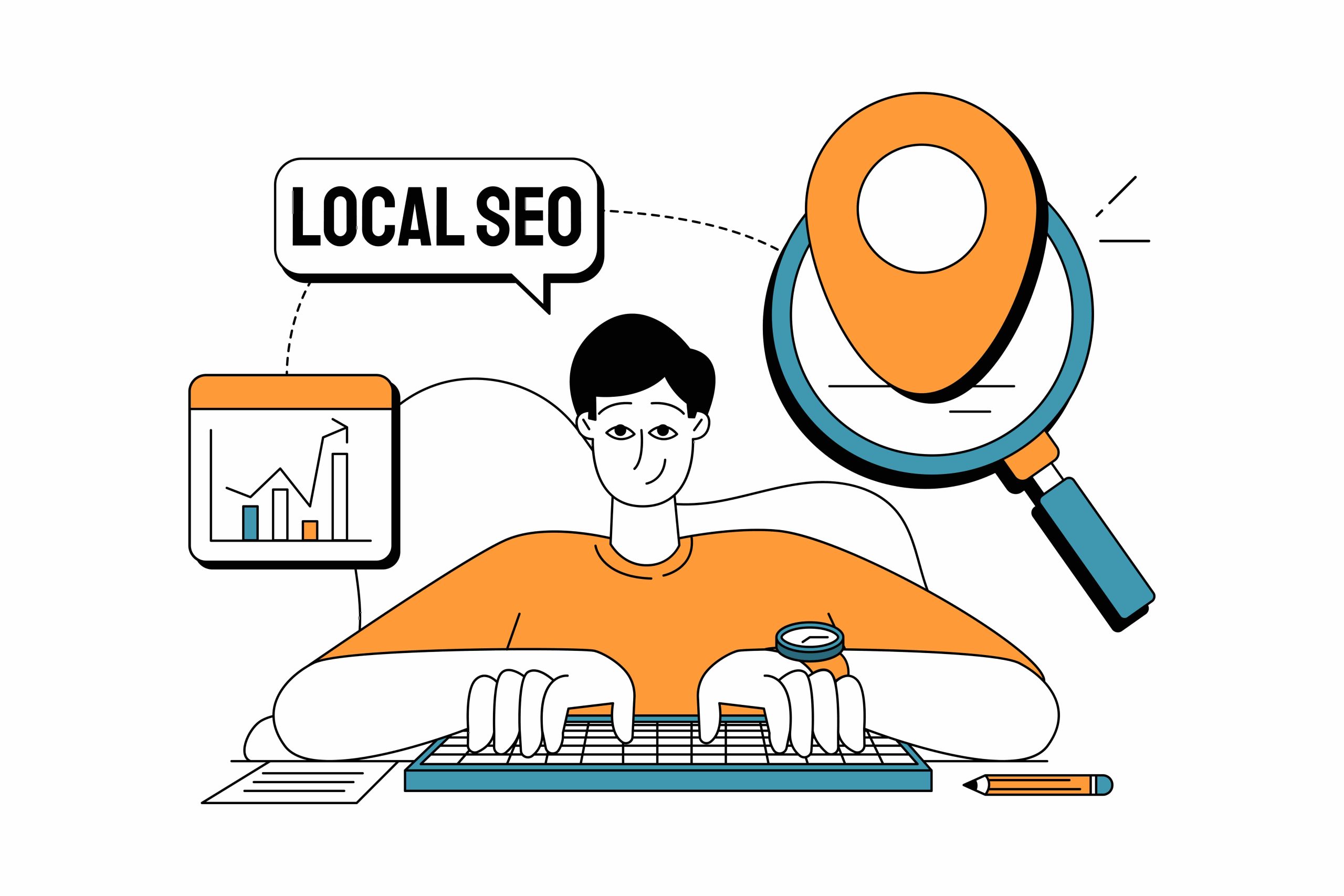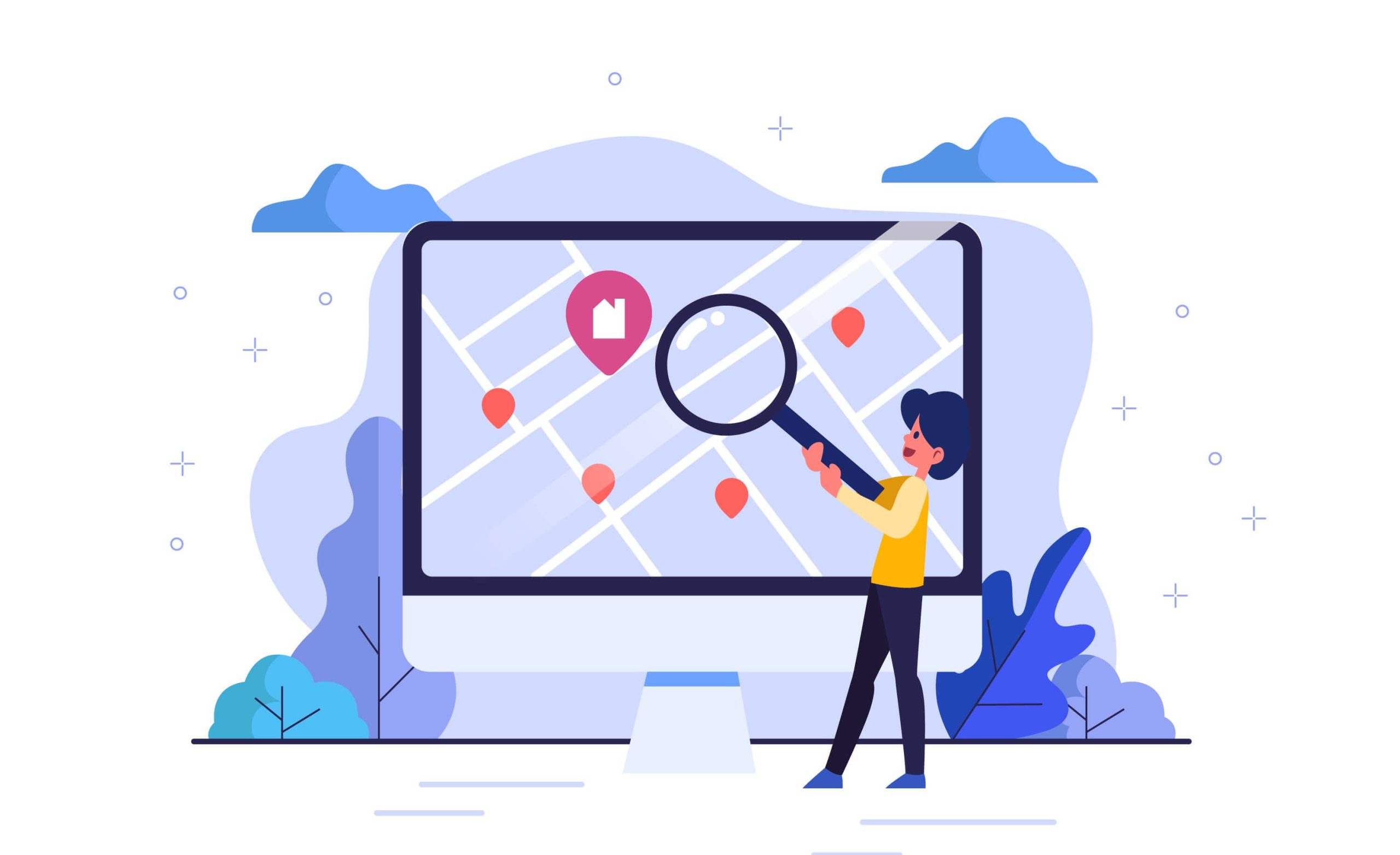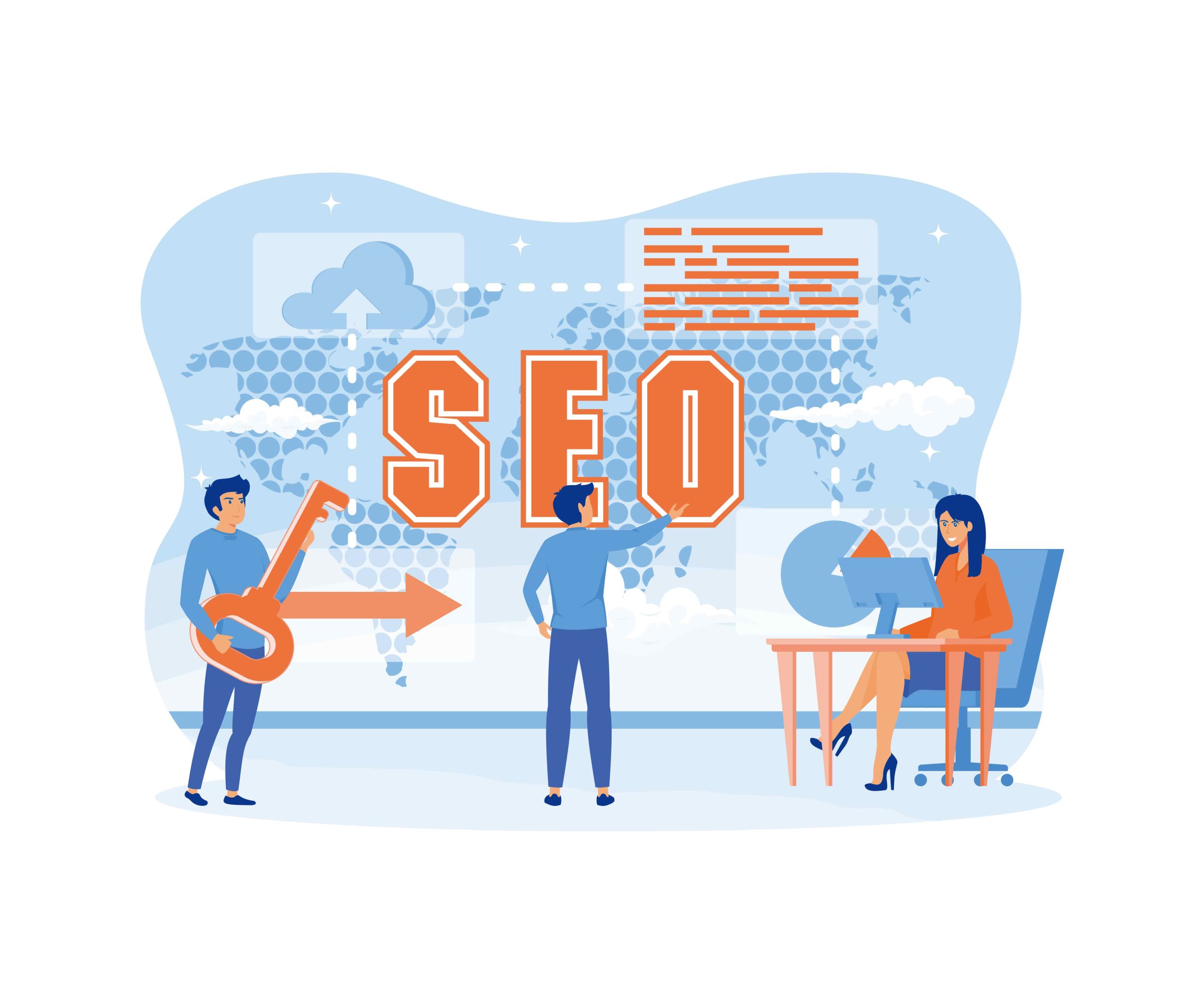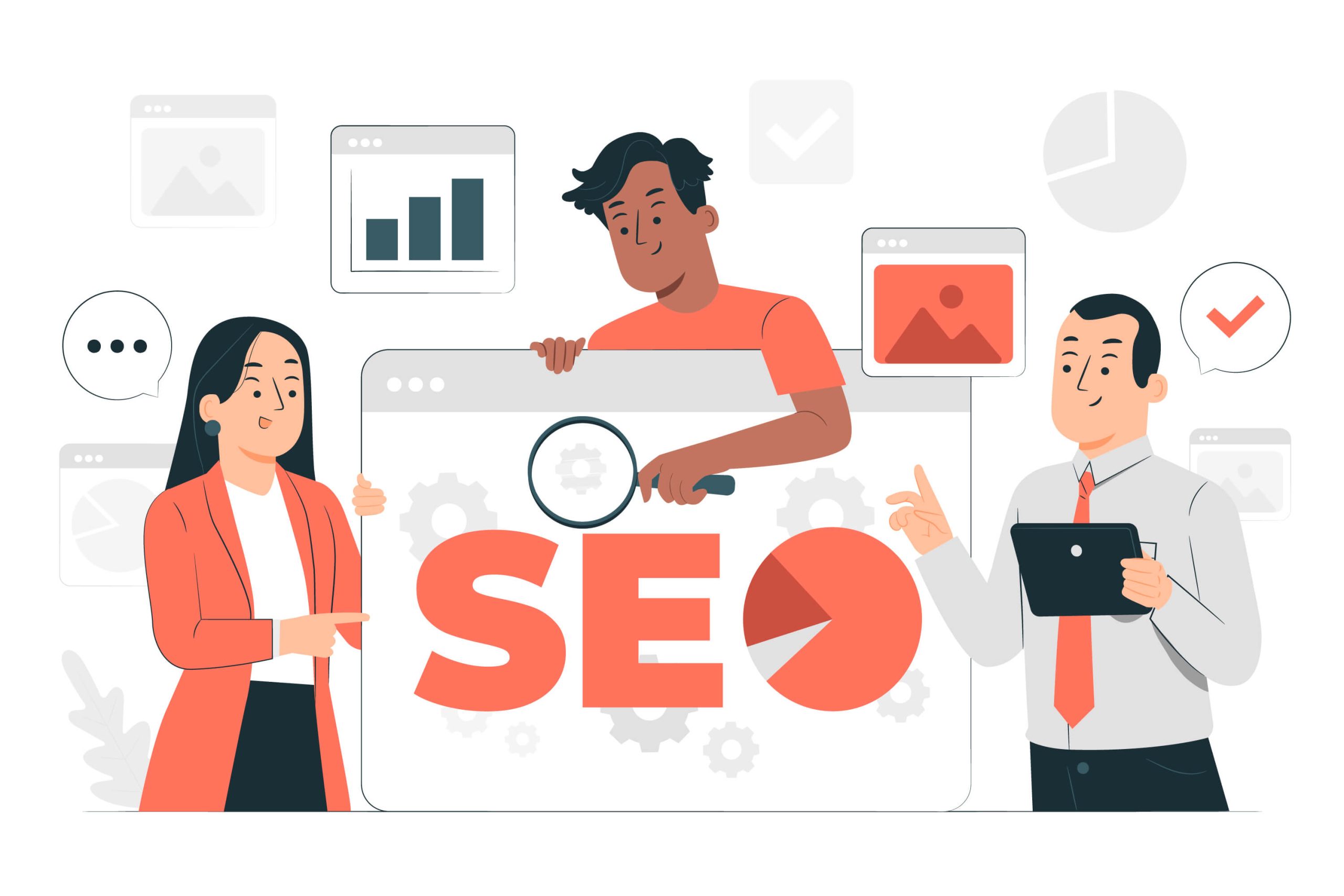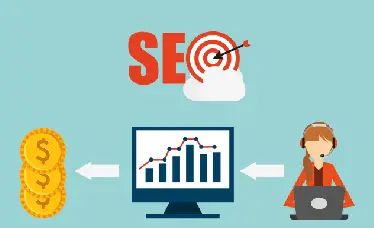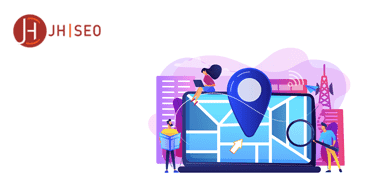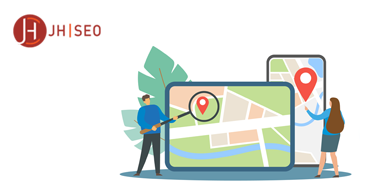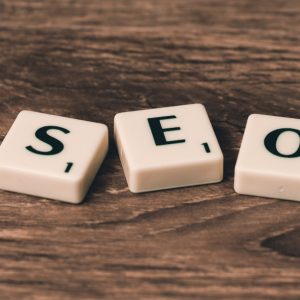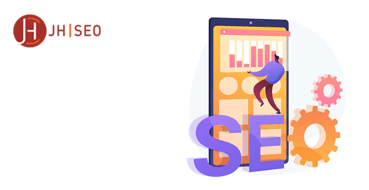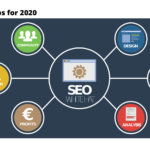SEO might sound like just another marketing buzzword, but for businesses navigating the digital landscape, it’s a lifeline. Search Engine Optimization (SEO) entails a set of strategies, techniques, and tactics designed to increase a website’s visibility in search engine results.
In 2021, the world conducted over 6.7 billion searches a day just through Google. With competition for attention at an all-time high, understanding and leveraging SEO is not just beneficial—it’s necessary for standing out in a crowded marketplace. This post will dissect SEO from ground level, laying out the fundamentals and revealing pro-level insights that will help you, whether you’re an SEO novice or a seasoned pro, to up your digital brand game.
Starting at the essence of search engine optimization is crucial. It’s often simplified to ‘the process of enhancing your website to make it more attractive to search engines’. But SEO is so much more than keyword stuffing or backlink building; it’s a multi-faceted approach that dives deep into the technical structure of a site, content relevance, and user behavior.
What is SEO
SEO isn’t just about getting to the top of a search engine results pages (SERP); it’s about understanding user intent and ensuring the best possible experience for visitors. It’s a blend of art and science, combining technical understanding with marketing strategies to increase a website’s organic (non-paid) visibility.
What Is Organic Search?
Organic search refers to the natural, unpaid search results that appear on search engine results pages (SERPs) in response to a user’s query. These listings are generated based on the relevance of the content to the search terms entered by the user, as determined by the search engine’s algorithms.
In contrast to paid search results, which are displayed separately and labeled as advertisements, organic search results are not influenced by advertising spend. Instead, they are determined by various factors such as the quality of the content, website authority, relevance to the user’s query, and adherence to search engine optimization (SEO) best practices.
Organic search results are typically displayed below any paid search ads and often receive the majority of clicks from users, as they are perceived to be more trustworthy and relevant to the user’s intent. Achieving a high ranking in organic search results through effective SEO strategies can drive significant amounts of targeted traffic to a website and is a key goal for many businesses seeking to increase their online visibility and attract potential customers.
Why SEO Matters for Business
It’s not an exaggeration to say that good SEO can make or break a business. Studies consistently show that the majority of search engine users click on one of the top five suggestions in the results pages, so to gain visitors, you need to be high up. SEO also leads to better user experience, enhanced brand credibility, and insight into customer behaviors.
What This Post Covers
This sprawling guide is here to demystify SEO, starting from the basics and progressing to advanced tactics. It’s structured to develop a comprehensive understanding, allowing you to build a sustainable search engine optimization strategy or audit and refine an existing one.
Search Engines
Before you can optimize for search engines, you need to understand them. This section illuminates the mechanics behind the curtain, from crawling and indexing to serving up results.
The Search Engine Landscape
Google is king, but Bing and Yahoo still claim a slice of the search pie. We’ll address each major player’s peculiarities and share insights into the specialized search engines—like Amazon—that businesses are increasingly targeting.
From Query to Results
When a user types a query, search engines go through a two-step process. First, they crawl, or discover, information about available content on the internet. Second, they organize that content in their databases (indexing). When a user makes a search, the engine processes it through its algorithms, which are intricate rules for determining the relevance of results.
Understanding Algorithms
Google’s algorithm or any other search engine algorithms, changes at an almost frightening speed, utilizes over 200 ranking factors. We’ll dissect these to empower your SEO strategy at a granular level.
On-Page and Off-Page SEO
SEO is split into two main categories: on-page and off-page. The former deals with everything you can control on your website, while the latter pertains to things that happen elsewhere.
The On-Page Essentials
This covers content, which includes the keywords you choose, the content quality, how frequently you publish, and your overarching site architecture. From H1 tags to meta descriptions, we’ll discuss everything you need to know to optimize your page for the best possible ranking.
The Secrets of Off-Page SEO
Off-page SEO is mostly about backlinks: the more, the merrier, right? Not quite. We’ll unravel the complexities of domain authority, link quality, and the various approaches to acquiring authoritative backlinks that actually boost your SEO.
Technical SEO: The Backbone of It All
Your site’s performance and the way it’s structured are also crucial ranking factors. This section will deep-dive into technical SEO, covering site speed, mobile-friendliness, and issues like duplicate content and crawl errors that could be holding you back.
Crafting Content for Intent
Understanding user intent is key to producing the right kind of content. We’ll show you how to recognize and cater to the different intent types—informational, navigational, and transactional—to boost your chances at ranking and conversion.
The Evergreen Question of Keywords
Even in a world of natural language search, keywords remain important. We’ll redefine how you approach keyword research, and demonstrate that it’s as much about getting into your customers’ minds as it is about understanding SERP data.
Content Optimization Best Practices
Discover how to leverage your keyword research within your actual content. This means incorporating keywords artfully, structuring your content for readability, and writing meta descriptions that persuade users to click.
Local SEO: What It Is and Why It's Becoming Vital
If you have a physical location, local SEO is your ticket to visibility in a regional market.
The Nuts and Bolts of Local SEO
Local SEO is an optimization process that focuses on improving visibility for local searches. It goes beyond just being listed in the “map pack” and requires a nuanced understanding of your local audience and competition.
Gaining Traction with Google My Business
Learn how to optimize your Google My Business (GMB) profile for maximum impact. This includes creating compelling business descriptions, adding high-quality images, and managing reviews effectively.
The Power of Consistent NAP Citations
Your business name, address, and phone number (NAP) citations across the web need to be uniform. This seemingly small detail holds significant weight in local rankings, and we’ll show you how to ensure consistency.
Defining Your SEO Goals and KPIs
What are you optimizing for? Conversions, traffic, or engagement? This section will help you articulate concrete goals and attach them to key performance indicators (KPIs).
Essential SEO Tools
From Google Analytics to Ahrefs, a whole suite of tools exists to help you monitor and improve your SEO efforts. We’ll guide you through the most valuable tools and offer best practices for their use.
Using Data to Iterate and Improve
SEO is a dynamic process that requires iteration. We’ll show you how to leverage the data from your chosen tools to influence your strategy.
White Hat vs. Black Hat SEO
The digital world, like the physical one, is host to ethical considerations. This section is your ethical compass, steering you clear of practices that could harm your reputation and rankings.
Understanding White Hat SEO
White hat SEO refers to optimization strategies that adhere to search engine guidelines. We’ll explore what this means in practice and why it’s the only sustainable approach.
The Dangers of Black Hat SEO
Black hat SEO encompasses tactics that try to ‘game’ search engines. These unethical practices can lead to severe penalties and should be avoided at all costs.
Best Practices for Staying on the Right Side
The line between white and black hat can blur, so we’ll give you a set of principles that will help you stay on the right side of ethical SEO, no matter the temptation.
SEO Trends and Predictions
SEO is never stagnant, and it can be hard to keep up with the latest developments. Let us be your crystal ball, predicting what’s next in the ever-evolving world of search.
The Future of Voice Search and SEO
Voice search is rising fast, changing not only the way people search but also the approach of SEO. We’ll explore how to optimize for voice and whether it’s as different from traditional SEO as it seems.
The Emergence of Visual Search
With platforms like Pinterest and Google Lens, visual search is taking its first steps. We’ll consider how this new field interacts with traditional SEO and what might lie ahead.
Preparing for AI and Machine Learning's SEO Impact
AI and machine learning are altering the search landscape in significant ways. We’ll discuss how these technologies can be leveraged and what their increasing presence means for your SEO strategy.
The SEO Checklist
At this point, you’ve absorbed a trove of information. It’s time to convert that into an action plan.
Crafting a Month-by-Month SEO Strategy
A detailed, timeline-based SEO strategy is the backbone of execution. We’ll show you how to plan for the short term while keeping an eye on long-term objectives like domain authority.
Executing the SEO Plan: In-House or Outsource?
The decision to keep SEO in-house or to outsource it is significant. We’ll help you weigh the pros and cons, offering insights that will guide your choice.
The Ongoing Maintenance of SEO
SEO is not a one-and-done activity. You must continually maintain and evolve your strategy. We’ll provide guidance on how to keep your SEO efforts evergreen.
Mastering SEO
Search Engine Optimization (SEO) is the cornerstone of online marketing, a labyrinth of strategies aimed at boosting a website’s visibility in search engine results. But the SEO landscape is ever-evolving, and keeping up with the latest trends and techniques can feel like traversing a digital minefield. This comprehensive guide will demystify the SEO process, arming you with the knowledge to not only understand SEO but to master it.
Understanding SEO: Beyond the Buzzword
At its core, SEO is about understanding what people are searching for online, the answers they are seeking, the content they wish to consume, and the language they use to do it. It is not just about building search engine-friendly websites but making your site better for people too.
The Pillars of SEO
- Technical SEO ensures that search engines can crawl and index your website without any problems.
- On-Page SEO involves optimizing individual web pages to rank higher and earn more relevant traffic in search engines.
- Off-Page SEO is about building the website’s trust and authority through the creation of high-quality backlinks and user engagement.
Keywords: The Foundation of SEO Keywords are the terms and phrases that internet users type into search boxes of search engines. Properly identifying and targeting your keywords is crucial to your SEO strategy.
Keywords are the terms and phrases that internet users type into search boxes of search engines. Properly identifying and targeting your keywords is crucial to your SEO strategy.
Content is King... Still
Creating quality content that aligns with your keyword strategy is one of the most effective ways to reach and engage with your target audience.
Link Building: The More (Relevant), The Merrier
Quality backlinks signal to search engines that your website is an authority on a particular subject, leading to higher rankings.
Technical SEO Fundamentals
Technical SEO is often the most overlooked element of SEO, but it is of paramount importance. Without a strong technical foundation, your other SEO efforts will be in vain.
Site Architecture
A well-structured website with clear navigation not only enhances user experience but also makes it easier for search engines to crawl your site and understand the content.
Mobile Optimisation
With the majority of searches now conducted on mobile devices, ensuring your site is optimized for mobile is essential for user experience and search engine rankings.
Site Speed
Page load times can significantly impact user experience and search engine rankings. Speed up your site, speed up your success.
Secure Sockets Layer (SSL)
SSL certificates not only protect the data transmitted through your site but also provide a trust signal to search engines, potentially boosting your visibility.
On-Page SEO Insights
Optimizing your individual web pages can lead to significant improvements in your search engine rankings and user engagement.
Meta Tags
Writing compelling title tags and meta descriptions that include relevant keywords can significantly improve click-through rates from search results.
Headers and Content Structure
Using proper header tags and structuring your content can help search engines better understand the content of your page.
URL Structure
Creating clean, concise URLs that include keywords can make it easier for both search engines and users to understand what each page is about.
Image Optimization
Optimizing images with descriptive filenames and alt text not only makes your content more accessible but also provides more context for search engines.
Off-Page SEO Strategies
Off-page SEO is about demonstrating the value and relevance of your website to search engines through the creation of high-quality, relevant backlinks, and social signals.
Building Backlinks
A disciplined approach to earning backlinks from reputable websites can significantly boost your SEO efforts.
Social Media
While social media links are often ‘nofollow,’ social signals can indirectly influence your rankings by increasing your content’s visibility and potential for shares and engagement.
Influencer Marketing
Collaborating with influencers can widen your audience and potentially earn valuable backlinks from their networks.
Online Reputation Management: Guarding Your Digital Identity
Managing what people see when they search for your brand online is key to maintaining a positive image, which in turn affects SEO.
SEO Tools and Analytics
SEO is a data-driven field, and there are numerous tools available to help you track, measure, and understand your SEO efforts.
Keyword Research Tools
Investing in the right keyword research tool can make the difference between success and failure in SEO. Tools such as SEMrush, Ahrefs, and Google Keyword Planner provide invaluable insights into search volume, competition, and potential.
SEO Analytics Tools Understanding the effectiveness of your SEO strategies is crucial. Analytics tools like Google Analytics and Adobe Analytics track and measure your site’s performance, helping you to make data-driven decisions.
Understanding the effectiveness of your SEO strategies is crucial. Analytics tools like Google Analytics and Adobe Analytics track and measure your site’s performance, helping you to make data-driven decisions.
Rank Tracking Tools
Staying abreast of where you rank for various keywords can be a full-time job, if not for rank tracking tools like Moz and ProRankTracker, which make it easy to monitor your progress and visibility.
Backlink Analysis Tools
Tools like Majestic and Moz’s Link Explorer allow you to see who’s linking to your site, what the quality of those links is, and where you can grow your backlink profile.
Understanding the Algorithmic Maze
Search engines like Google use complex algorithms to rank search results. These algorithms are continually evolving, focusing on user experience and relevance more profoundly than just stuffing keywords. Understanding what these digital gatekeepers prioritize can unlock unparalleled success for your e-commerce business.
The Pillars of SEO for E-commerce
At the foundation of SEO lie several core principles, each crucial to the success of your online store:
Keywords: More Than Just Words
In e-commerce, finding the right keywords is like discovering the right aisle in a massive online supermarket. But it’s not just about what people are searching for; you need to understand the intent behind those searches. Are they researching, comparing, ready to buy, or seeking product support? Tailoring your keyword strategy to reflect this intent is the key to effective product page optimization.
Long-Tail Specificity:
As an e-commerce site, you’re not just competing against industry-wide heavyweights but also with countless array-specific searches. Long-tail keywords often have less traffic, but they boast a goldmine of intent-rich, niche traffic that could significantly boost your conversion rates.
Site Structure: The Blueprint of Accessibility
A well-organized site facilitates search engine crawling and user navigation. On an e-commerce website, this means a clear categorization of products, easily accessible filters, and a site structure that doesn’t overwhelm users—or search engine bots.
Categories and Faceted Navigation:
Your products should be organized into logical categories and subcategories, with various navigation paths to suit different customer needs. Well-designed faceted navigation allows users to refine their searches by color, size, price, and more, often creating unique, indexable URLs for these filtered pages.
Content: King of Context
Product descriptions, metadata, reviews, and how-tos: all these form the content that search engines devour to understand your products. Each content piece should be unique, informative, and optimized not only for search engines but also to convert visitors into buyers.
Rich Snippets and Structured Data:
Marking up your content with schema.org structured data can enhance your search listings with rich snippets, providing users with more detailed information that can lead to higher click-through rates.
Links: The Web of Credibility
In the interconnected world of the internet, links are the currency of trust. Each link to your site is a vote of confidence, a sign that your content is valuable. For e-commerce, this means creating shareworthy content, engaging with online communities, and—perhaps most importantly—earning backlinks from high-quality, authoritative websites.
Internal Linking and Navigation:
Just as backlinks signal to search engines that your content is reputable, so do internal links within your site indicate the importance of various pages. A robust internal linking strategy can spread the SEO love across your products and categories, ensuring that the entire site reaps the rewards of your optimization efforts.
Advanced Product Page Optimization
Your product pages are the digital shelves where your items are displayed. Making these pages search engine-friendly is a meticulous dance of data and design, with the end goal of attracting and retaining customer attention.
Crafting Killer Product Descriptions
Each product description is a sales pitch that must resonate with both search engines and human buyers. Balancing informative content with persuasive copy can transform a mere item listing into a driver of not just SEO, but also actual sales.
Unique Descriptions: Avoid the temptation to copy manufacturer descriptions verbatim. Create your unique content that speaks to your brand’s voice and the benefits your product offers.
Understand the Buying Cycle: Is the product used in a home, in an office setting, or for personal use? Refine your descriptions to capture where in the buying cycle a customer might be. Early-cycle descriptions can focus on discovery, while late-cycle descriptions should aim to close the sale.
High-Quality Visuals and Media
E-commerce SEO goes beyond text. High-quality images, videos, and interactive media can provide a richer experience for prospective buyers and a treasure trove of SEO opportunities.
Alt Text and Image Search: Each image on your product pages should have descriptive and keyword-rich alt text. This is not just good accessibility practice; it’s essential for image search visibility.
Video SEO: Embedding product videos can dramatically increase engagement and time on page. Ensure these videos have their transcripts, captions, and titles that match keyword strategies.
Trust Signals: Building Confidence
When it comes to e-commerce, building trust is non-negotiable. Trust signals, like security badges and clear return policies, are as important for search engines as they are for customers.
Security and SSL Certificates: An SSL certificate not only encrypts data but also tells search engines that your site is secure. Google, for example, highlights secure sites over unsecured ones, which can affect click-through rates.
Return and Refund Policies: Transparency with return policies can ease customer concerns and possibly improve rankings. A clear, easy-to-find policy (and adherence to it) can lead to more conversions and fewer returns, both of which are metrics search engines look at.
User Experience and Technical Aspects
No amount of content or links can compensate for a poor user experience. In the cutthroat world of e-commerce, customers expect speed, responsiveness, and a seamless shopping experience.
Mobile Optimization: With mobile shopping on the rise, a mobile-optimized e-commerce site is prerequisite, not a luxury. Google’s mobile-first indexing means that your site’s mobile version is the primary source for how Google will rank your pages in searches.
Page Speed: Slow-loading pages can kill your SEO and your sales. Invest in fast hosting, optimize images, and declutter your code to ensure that every product page loads lightning-fast.
Mastering On-Page SEO for E-commerce
The nitty-gritty of SEO becomes especially crucial with e-commerce platforms, as the number of products and pages can be overwhelming. A meticulous approach to on-page SEO can give you an edge over competitors.
Meta Titles and Descriptions
Meta titles and descriptions are your products’ first points of contact with searchers. They should be compelling, concise, and packed with relevant keywords.
Compelling Calls to Action: Don’t just describe the product—lead with a benefit or a solution to a customer problem. Use action words and incentives to boost click-through rates.
Length and Keyword Targeting: Keep meta titles under 60 characters and meta descriptions under 160 to avoid truncation. Use H1 headings and include your primary keywords naturally.
URL Structures A clean and readable URL structure is not only user-friendly; it’s also an SEO advantage. Avoiding long, convoluted URLs can improve both rankings and click-through rates.
Keywords in URLs: Include your primary keyword in the product page URL. Keep it short and sweet but descriptive.
Category URLs: Ensure that category pages follow a logical URL structure that reflects the site’s hierarchy. This not only aids users but also assists search engines in understanding your site’s layout.
A clean and readable URL structure is not only user-friendly; it’s also an SEO advantage. Avoiding long, convoluted URLs can improve both rankings and click-through rates.
Keywords in URLs: Include your primary keyword in the product page URL. Keep it short and sweet but descriptive.
Category URLs: Ensure that category pages follow a logical URL structure that reflects the site’s hierarchy. This not only aids users but also assists search engines in understanding your site’s layout.
The Power of Reviews
User-generated content, such as product reviews, provides fresh, unique content that search engines adore. It’s also a significant factor for prospective buyers in finalizing their purchase decisions.
Aggregate Review Schema: Implementing schema markup for reviews can result in star ratings appearing in search results, adding social proof and increasing visibility.
Managing Negative Reviews: Rather than seeing them as detractors, view negative reviews as an opportunity to show your commitment to customer satisfaction. Respond politely and professionally to all feedback—it demonstrates that you care about your customers’ experiences, which is always a positive signal for search engines and potential buyers.
Off-Page Tactics for E-commerce Domination
Off-page SEO is anything that happens off your website that can impact rankings. As formidable as your on-page efforts may be, off-page tactics can take your e-commerce SEO to greater heights.
Influencer Marketing
Influencer endorsements can widen your reach and introduce your brand to new audiences. When done right, influencer marketing can generate both buzz and backlinks.
Authenticity Overreach: Influencer partnerships should be authentic and organic. Choose influencers whose audience aligns with your target market, and encourage genuine, relatable content.
Strategic Collaboration: Instead of one-off product plugs, work with influencers on long-term campaigns that build brand recognition and credibility.
Social Media Presence
A strong social media presence can support your SEO efforts by promoting content, engaging with users, and fostering a community around your brand.
Shareability and Engagement: Create content that your audience wants to share. Engage with followers and participate in relevant conversations to build a lively, interactive social presence.
Social Signals: While the direct impact of social signals on search rankings is debated, there’s no doubt that active, popular social media profiles can positively affect your brand’s visibility and credibility.
Online PR and Link Building
Building relationships with media outlets and getting press coverage can lead to high-quality backlinks. Online PR efforts can also work in conjunction with other marketing strategies to enhance your brand’s online presence.
Press Releases: Publish newsworthy stories and announcements, and distribute press releases to authoritative channels. These can lead to valuable coverage and links.
Digital Outreach: Reach out to online publications and bloggers in your industry. Offer them unique, relevant content or opportunities for partnerships and features that can result in backlinks.
The Ongoing Journey of E-commerce SEO
Success in e-commerce SEO is not a one-time event but a continuous effort of refining and optimizing your tactics. As the digital landscape evolves, so too must your e-commerce SEO strategy.
Monitoring and Analytics
Regular monitoring of your site’s performance through analytics is essential for understanding how your SEO efforts translate into business results.
Conversion Tracking: Check how different product pages and categories are performing in terms of driving conversions. Use this data to tweak your approach continuously.
SEO Tools and Dashboards: Make use of a range of SEO tools and dashboards to keep an eye on backlink profiles, keyword rankings, and site health. These can provide insights into areas that need your attention.
Content Refresh and Updates
E-commerce sites often require regular updates to product descriptions, pricing, and inventory. This is an excellent opportunity to refresh your content and keep it relevant to both users and search engines.
Seasonal Promotions: Update your content according to seasonal changes and promotions. Seasonal refreshes not only keep content current but can also bolster your SEO with time-sensitive keywords.
Evergreen Content: Maintain a library of evergreen content that remains relevant over time. This can be a source of consistent traffic and provide a strong SEO foundation.
A/B Testing and Optimization
The success of your e-commerce SEO efforts relies on understanding what works and what doesn’t. A/B testing can help you optimize your approach for better results.
Product Page Elements: Test different calls to action, button colors, and placement of elements on your product pages. Even small changes can lead to significant improvements in conversion rates.
Pricing and Product Mix: Use A/B testing to find the price points and product combinations that resonate with your audience. Regularly update your offerings to keep your pages fresh and competitive.
SEO as Your E-commerce Anchor
In the ever-shifting, dynamic world of e-commerce, where stiff competition and evolving customer preferences reign, a robust SEO strategy can be your anchor. From the technical intricacies of site structure to the emotive power of content, every aspect of SEO plays a critical role in driving sales and fostering long-term success.
By understanding the multifaceted impact that SEO can have on your e-commerce business, you’re better equipped to make informed decisions, craft compelling strategies, and most importantly, connect with the millions of online shoppers who are just a search away from finding your products.
Elevate your e-commerce game with SEO, and watch as your online store not only survives but flourishes in the vast digital marketplace.











































































































